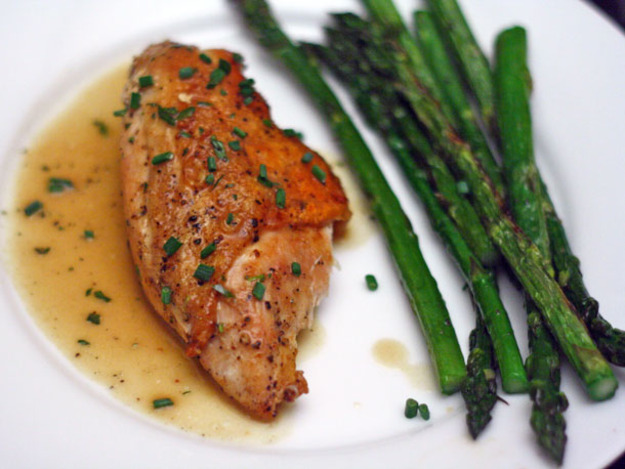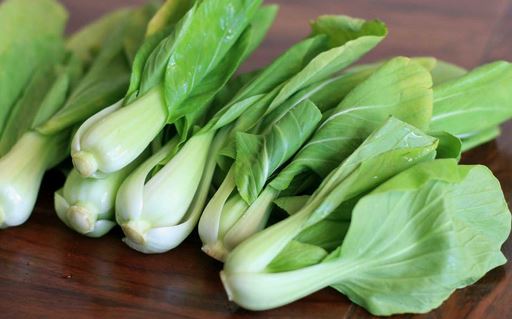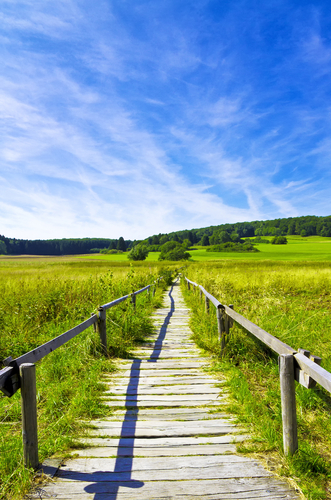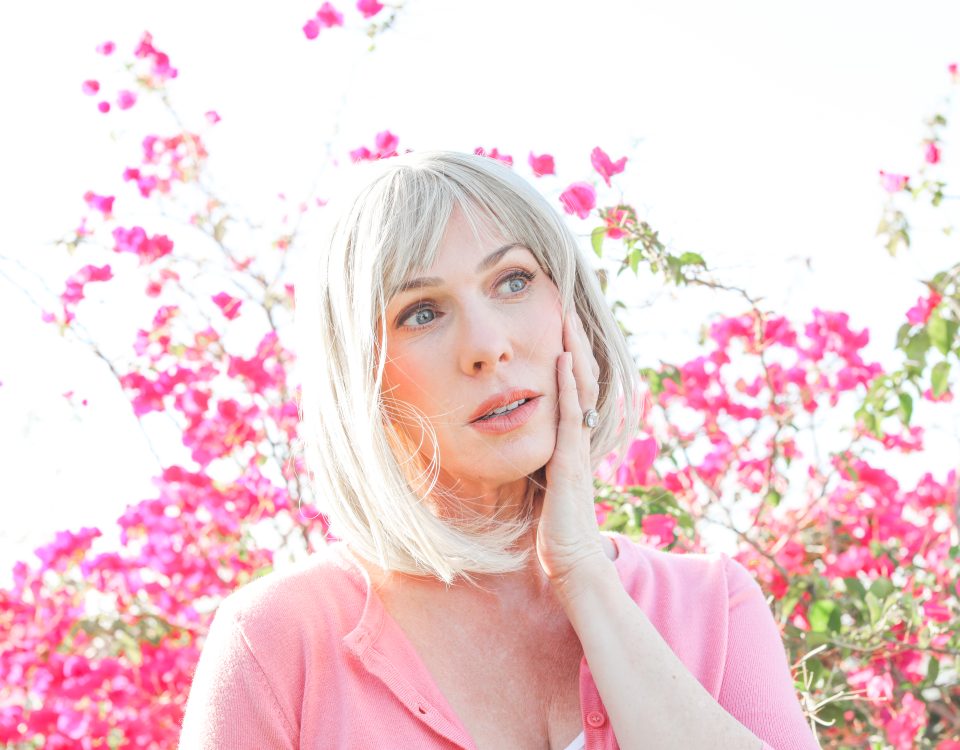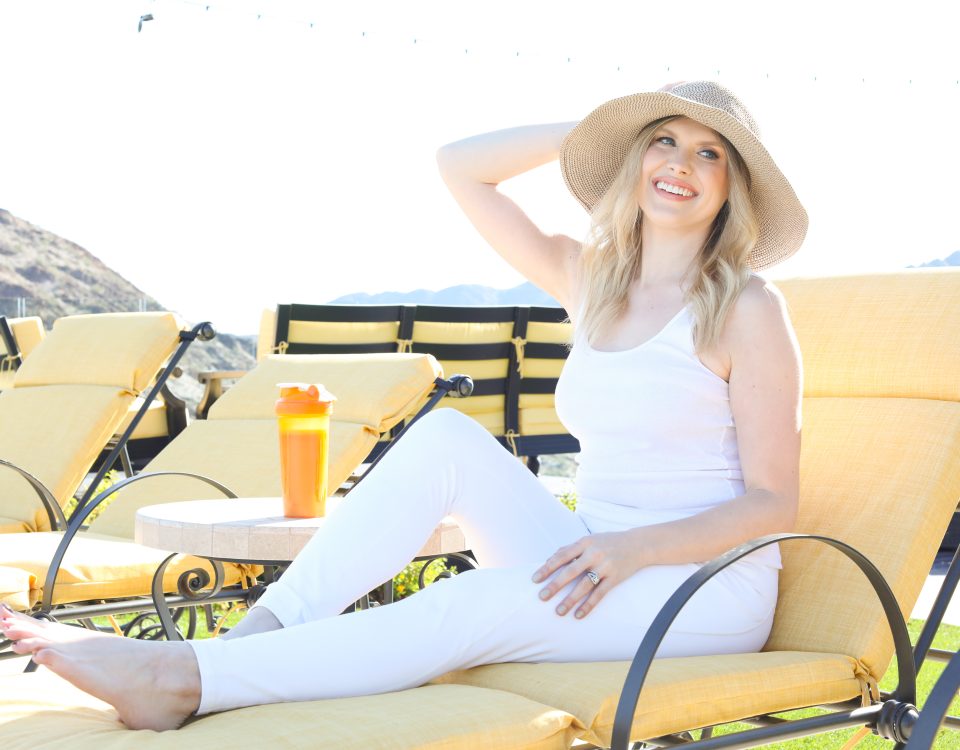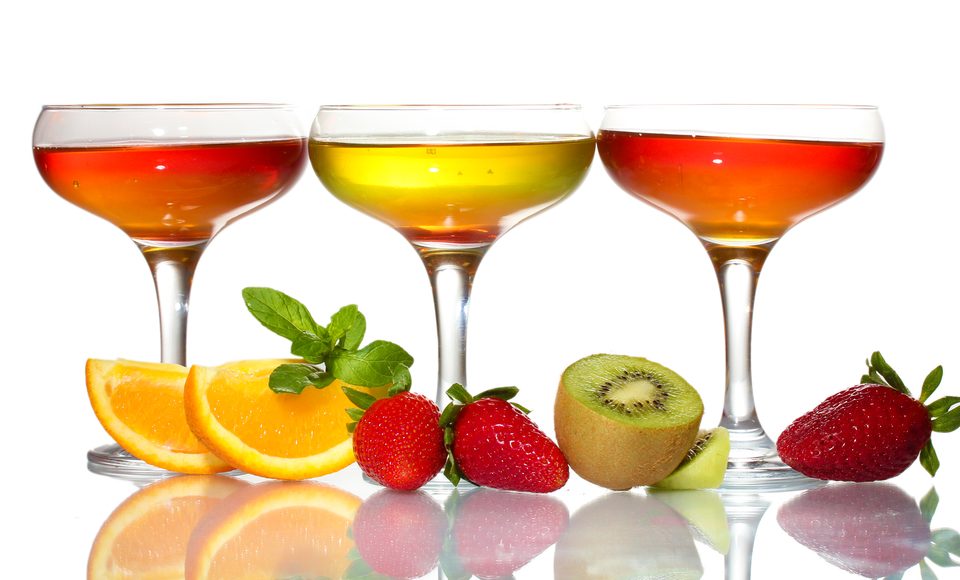The soluble calcium that we would get from bok choy is very different. We absorb it so well and we distribute it so well we do not need these huge amounts of it. We do not need these 1000’s of milligrams. Now another fact that determines calcium’s fate, whether it is going to grow in our bones or create stones is how much Vitamin K we have along with it and bok choy has that Vitamin K built right in which is totally cool.
It is also a great source of Vitamin A. These are all really important for healthy skin. Healthy connective tissues, nails. Also for immune function. A cup of bok choy just about gives you a half of days needs for that. Bok choy is also a great source of potassium. So we have got around 500 or more milligrams of potassium per serving and this is a great mineral that we need for really offsetting sodium and then helping our muscles to contract really well.
It is also a rich source of folate and Vitamin B6, manganese which is also important for the bones and many of the D Vitamins. Lots and lots of good micronutrients. Also high in general in anti-oxidants. It is rich in Vitamin C. Its actually more than half the days serving of Vitamin C in that one cup of bok choy. It is also has a lot of other compounds that are kind of unique like plant anti-oxidants. You know cool things like Phenolic acids. Things that really reduce inflammation. Things that lower histamine production in the body. It is very useful for gentle natural sedatives. Gentle natural things that relax the muscle tissues. So a wonderful food. It also has some glucose. Those are also things that cut the risk for cancers.
Bok choy has been used for a long time in Asian cuisines, probably 1500 years or more. It is grown quite a bit locally now. When you are buying it like any plant you want ones that are pretty firm and pretty hardy. You know I see a lot in the store and I will pick it up and its all droopy. You know the leaves and the stalks are all kind of droopy and its past its age and those are not the good ones. It should not be wilted. Also look for things like cracks or browning or holes. Those are also good signs to avoid it and put it back. If you cook it will cook very quickly. You can also keep in an airtight storage container.
Another trick you can use for a lot of plants like this is that you can cut the base. You know there is a stem base on it from where it was cut from the ground and if you trim that and add the plant into a container of water that you can immerse it in and you refrigerate it in that position it will really become firm and crispy. If it was kind of wilted before you can totally turn these around.
I worked in a natural food cooperative and the manager there, in fact, this was back in the late 1980’s and early 1990’s and organic food was on such a premium. It was often times not the best quality produce because it did have to be shipped more and there was less demand for it so our lettuce looked really sad. Our manager did this incredible trick where he would trim the stem of it where it was browning and you could trim that part off and drop it in a container of water and keep it in the cooler and it will just ripen right up again and you can do this as well with bok choy. It is a really great thing to be able to do.



